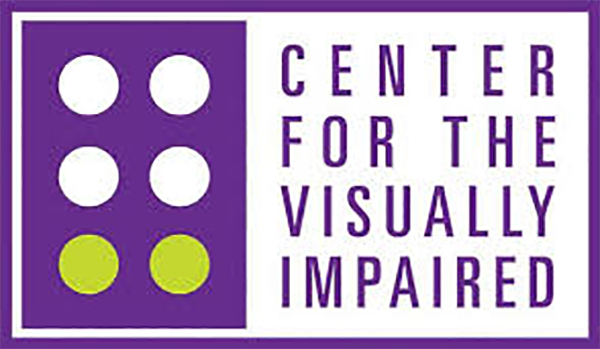It’s garden time!
Photo by Lisa Fotios from Pexels
This is the time of year that people get outside and feed their bodies and souls by planting gardens. Gardening has become even more popular throughout the past few months as people look for ways to stay active, reduce stress, and think about providing their own supply of produce while staying at home due to COVID-19. Anyone can create a garden with the right guidance.
Although gardening can present some challenges for people living with visual impairment, it is definitely something they can do with limited assistance.
Here are a few tips from a website called Carry on Gardening to help you get started:
Top tips for getting ready
- If you are just starting to garden with sight loss, you might find it useful to get to know your garden better by walking around it at different times of day until you are familiar with it.
- Always manage your part of the garden yourself. If you need some help, ask for it for that job, then carry on working alone. This way, you’ll become a much more confident gardener.
- Visually impaired people can sometimes find it difficult to find their way back to where they were in the garden. One idea is to use an RNIB sound beacon or take a small radio with you and leave it on while you are working.
- A washing line can also provide a point of reference in the garden and you can use it as a guide to help you know where you are.
- Think about the job you’re going to do and plan what will make it easier for you. It might be as simple as making sure you have a kneeler with you to save your knees, or a stool or seat to work from or take rests.
- Get all the tools you’ll need together to save trips back and forth to the shed or garage. Try and keep your storage area tidy and you’ll be able to find your tools more easily.
To review these tips and more, visit www.carryongardening.org.


